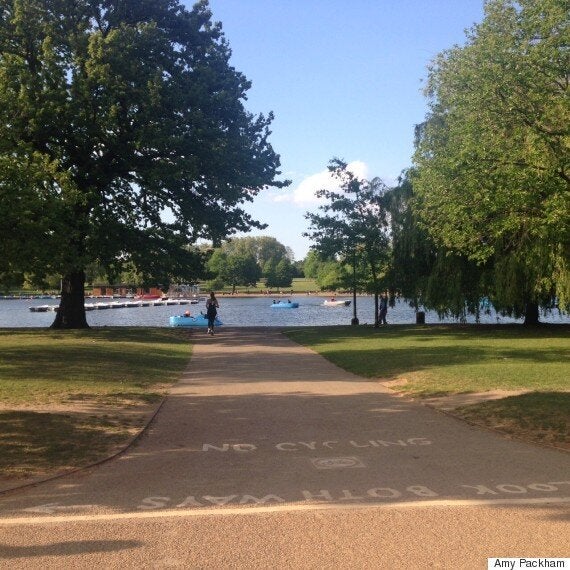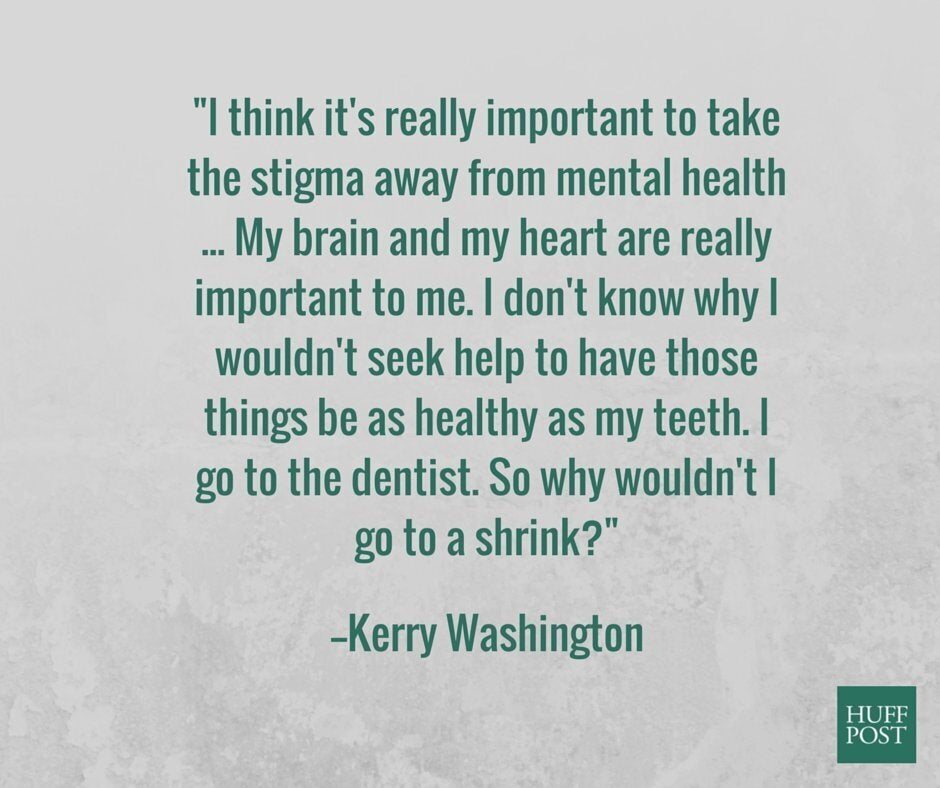I've never been to therapy.
That's what I told William Pullen, psychotherapist and creator of Dynamic Running Therapy, when he asked.
I've always been put off by how intimidating it seems. I don't think I would be comfortable sat there in a room opposite one other person, with pressure to talk about my problems.
Dynamic Running Therapy (DRT) is different. I guess the clue is in the name.
Pullen, who is accredited by the British Association of Counselling and Psychotherapy, explained that exercise helps us to de-stress and feel relaxed by boosting our energy levels and increasing the release of endorphins.
Add to that relaxed feeling someone who will willingly listen to anything you want to talk about. That's DRT in a nutshell.

I met Pullen for a DRT session on a gorgeous sunny evening in Hyde Park.
In his role as a psychotherapistPullen works with people suffering from depression, anxiety, low self-esteem and relationship issues.
Psychotherapy involves talking through your problems and is often combined with another practice - be it art therapy, music or drama. For us, it was running.
For DRT, Pullen uses Integrative Psychotherapy, which he says aims to facilitate a sort of "wholeness" between the cognitive, physiological and behavioural levels of therapy.
He explains that the aim of this type of therapy is to reduce defence mechanisms and take disowned or unaware aspects of yourself and incorporate them into a cohesive personality.
"Being side by side with a therapist is a lot easier," he told me. And it was. Eye contact can be hard when you're in a vulnerable position, but there was so much around us to look at, to talk about, that I felt somehow that we were on the same level.
Pullen coined the term "Dynamic Running Therapy" eight years ago. He believes in applying focus, not pressure in his sessions.
"I believe in removing expectation," he said. "And instead aligning ourselves with our values and what we feel inside. Change comes about by clearing a path to where we want to be, not forcing our way through to it."
First we sat on a bench and practised mindfulness.
He asked me what I could hear, like really hear. Not just people talking or screaming kids, but the sound of people's shoes on the path, or the sound of a leaf being brushed away in the wind. It took concentration.
He asked me how I felt. Having someone ask you that question always makes you think a bit deeper.
I was happy to be outside in the sun. I had just started a new job. I had to rush home before the shops closed as I had no food in for dinner. I had recently moved into a new room and had to unpack. I guess I had a few things on my mind.
But I was so focused on listening to the people around me that I forgot all about my empty cupboards and new job stresses. That's the point of mindfulness, focusing on the present moment. Focusing on what's happening right now.
The idea of DRT is to have a problem or an issue that you carry around the session with you - whether you're sitting, walking or running. It might not be the sole focus of the session, but you keep coming back to it.
By combining movement with talk therapy, DRT aims to "capitalise on the synergy found in the mind, body and spirit to create a sense of momentum and growth”.
Pullen said he has found that when people make progress in one of these areas it is often also experienced in another.

We began to walk. "Is this the part where we start running?" I asked.
"It's up to you," Pullen said.
And that's the point. The session is very much mutual. It's more client-lead than therapist-lead. You can decide whether you want to walk, run, jog, take a break.
Pullen said he uses these sessions as a journey, he is on the journey with his clients. It makes sense - every step you walk or run is a step closer to addressing your issues.
The NHS states that a benefit of talking therapy is that it gives you an opportunity to look at your problems in a different way, with someone who’ll respect and encourage your opinions.
How many times have you heard about how running is good for your mental health? It clears your mind, it gives you a burst of excitement in your belly. That's why Pullen put the two elements together.
So what do we do? We walk, and run, and I talk about my life and career to a complete stranger. Yet for some reason, I find myself happily divulging details of my new job, discussing how anxious I feel about signing up to a half marathon, and everything in between.
I talk about my career journey, my education, my family. How I felt that week. How I felt that day.
I asked him questions, too. It wasn't just a one-sided conversation.
Moving helps me to express my feelings. "Emotion in motion," is how Pullen described it.
We spoke about being grateful and why the generation of 20-somethings is plagued with anxiety. Sometimes I asked to slow down and Pullen just slowed down too, while carrying on talking.
He spoke about anxiety in a completely different light, giving it a positive meaning. He said it was essential for our growth - we're never going to accept challenges and live life to the fullest if we don't get anxious.
"Reframing it this way can help people to re-understand, accept, limit and integrate anxiety," he told me.
"Anxiety is the very excitement and jeopardy we want and seek."
If someone told me I'd be chatting about anxiety to a complete stranger an hour before, I wouldn't have believed them.
I actually forgot I was running and how long we had been running for, because I was more focused on our conversation.
The session left me feeling empowered, not intimidated.
But for many of us forking out £150 for this isn't so easy - so I asked how we could do it ourselves.
Here is Pullen's seven-point guide:
- Find a friend you trust.
- Ideally one who will be happy to go at the same pace as you.
- The emphasis is on listening, not discussing - questions are fine and useful, opinions less so.
- Don't feel the need to fill any silent moments.
- Take your time. Be gentle and patient with yourself and your partner.
- Notice how your body and your feelings interact. DRT is holistic.
- Allow time to cool down physically and emotionally at end.
To find out more about DRT, visit www.dynamicrunningtherapy.co.uk.
